
Learning in the Morning
Turn your child's morning routine into a time for learning!
Getting Dressed
- Help kids figure out the steps in getting dressed (“Which go on first—your socks or your shoes?”).
- Kids can also practice zipping, buttoning, and telling left from right.
- Investigate the concepts of “same” and “different” as kids get dressed. “Would my foot fit in your shoe? Why not?”; “What color are your socks? Can you see other clothes in the drawer which are that color, too?”
Breakfast Time
- Kids can learn the relationship between a whole and its parts as you cut a piece of fruit in half and then in quarters.
- Enjoy a five-senses breakfast. For instance, encourage kids to see, smell, touch, and taste their toast.
- As kids eat, help them learn where foods come from. “Who grows our food?”; “What drink comes from a cow? Where do apples grow?”; “What food do chickens lay?”
- Talk about the day’s plans: “What will we do today? What will happen, first, next?”; “What shoes would be good for playing in the park later?”
Going to School
- Help kids recognize and name letters and numbers by having them find some on the way to school.
- Use kids’ arrival at child-care or a friend’s or relative’s home to practice social skills, such as greeting others. Encourage kids to look around the room and talk about activities that would be fun to do with a friend.
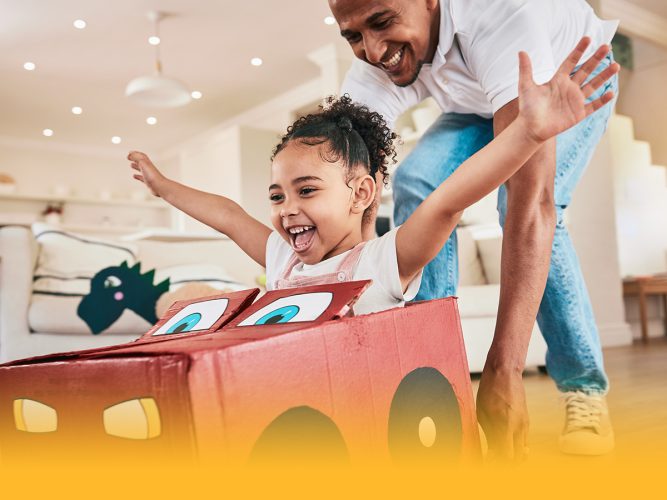
The Power of Following Children’s Lead
Joining children in their play offers so many opportunities to encourage, communicate, bond, spark and share joy, teach, show warmth and kindness, and help them thrive.
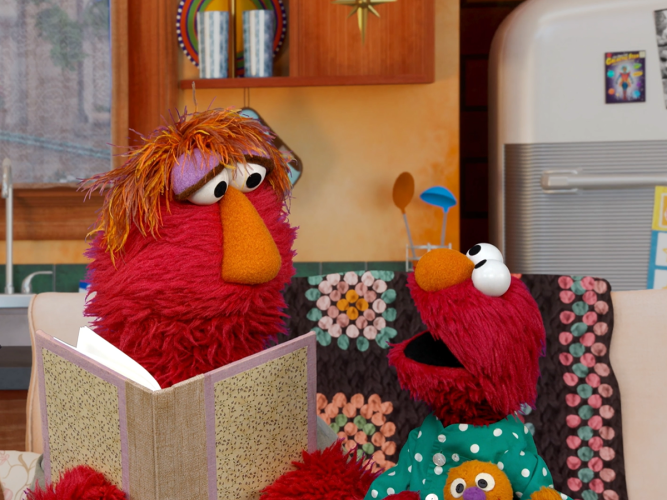
Go To Sleep, Elmo!
Handling a middle-of-the-night monster moment.
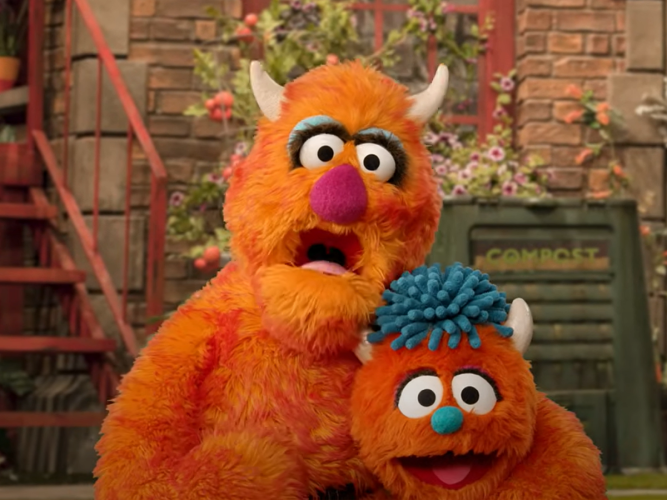
Monster Meltdown
Meltdowns happen… but they are somewhat predictable! As you try to handle them, curiosity and patience go a long way.
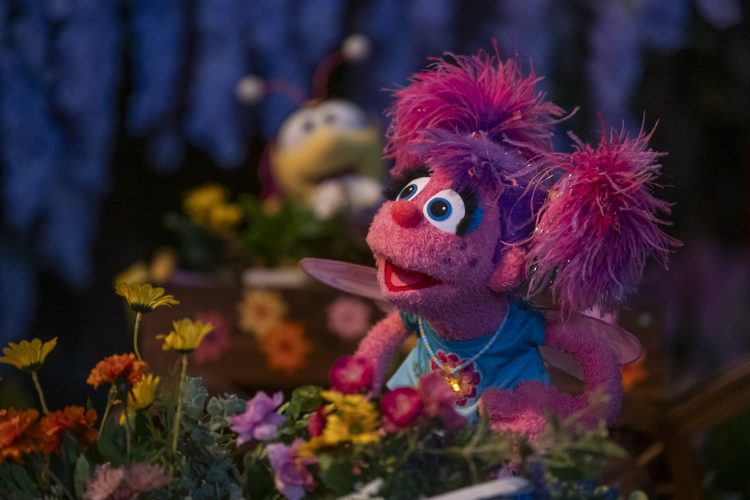
Watch and Play: Abby's Magical Beasties
Watch this episode and explore ways to extend the learning at home.
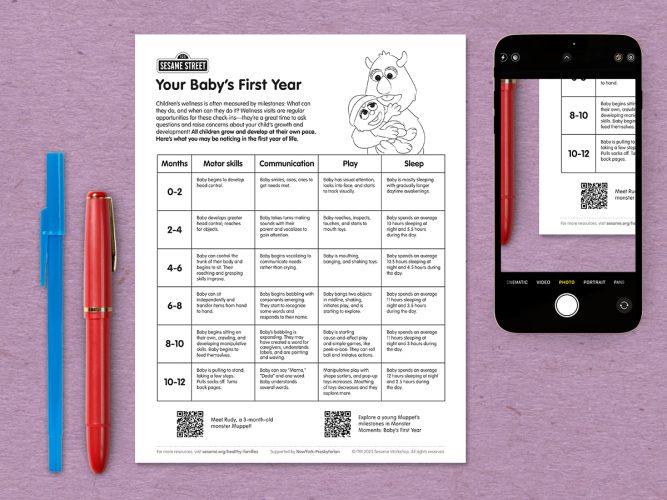
Milestones: Your Baby’s First Year
All children grow and develop at their own pace; use this chart to guide your expectations and observations so you can talk to your child’s pediatrician about questions or concerns.
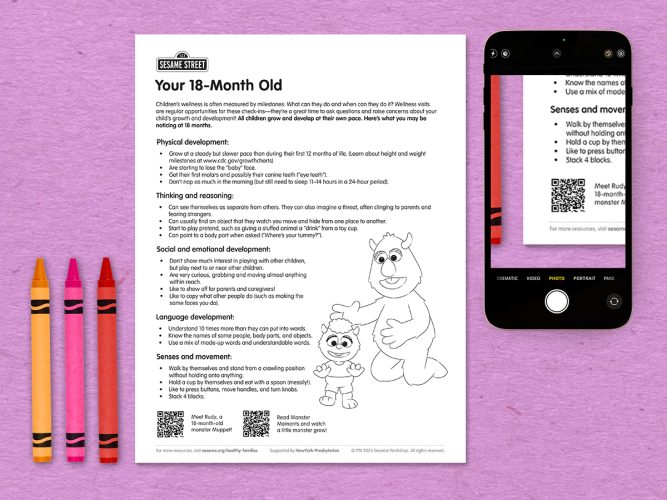
Milestones: Your 18-Month Old
All children grow and develop at their own pace; use this chart to guide your expectations and observations so you can talk to your child’s pediatrician about questions or concerns.
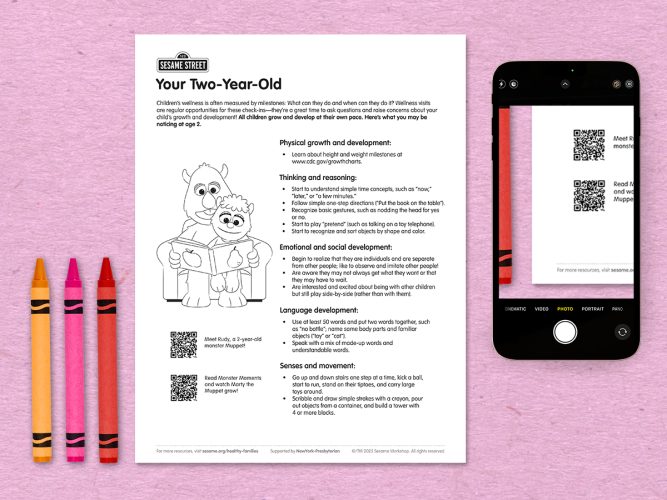
Milestones: Your Two-Year-Old
All children grow and develop at their own pace; use this chart to guide your expectations and observations so you can talk to your child’s pediatrician about questions or concerns.
